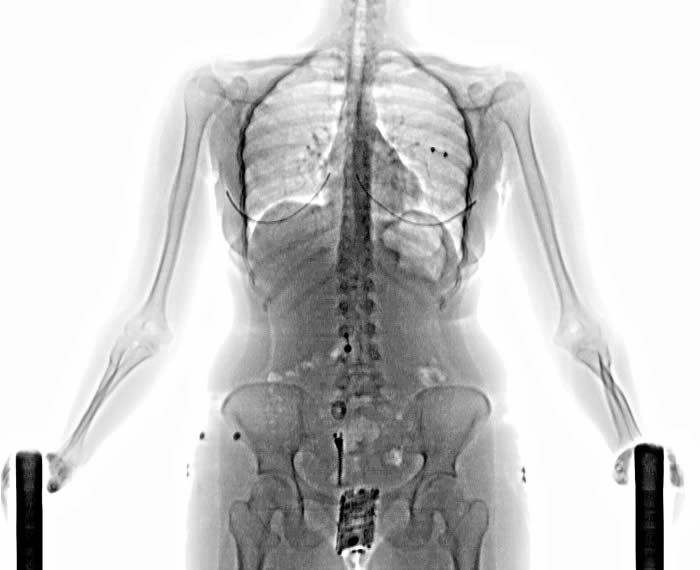ODSecurity2017-12-20 16:21:39
Are Cell Phones the Greatest Threat to Prison Security
According to the US NIJ (National Institute of Justice*) “A widespread technology that allows people to connect with anyone, anywhere, has created concerns for corrections officials. The use of inexpensive, disposable cell phones has changed the age-old cat-and-mouse game of controlling whom inmates communicate with in the outside world and is creating serious problems for public safety officials.”
“In the 1990s, cellular phones were larger and heavier and had audio capabilities only. Today they are lightweight, can be thinner than a match- book, and can send both audio and data, including written messages and streaming video. Although these advances are welcome in society in general, they have had a negative impact on the law enforcement community, as criminals have taken advantage of cellular technology to conduct illegal activities.
In recent years, the use of contraband wireless devices by inmates in correctional facilities has grown rapidly. Inmates use these devices to commit additional criminal acts from behind bars, such as ordering hits, running drug operations, and operating phone scams. Use of contraband wireless devices is a serious threat to the safety and welfare of correctional facility employees, other inmates, and innocent members of the public.
Statistics released by Ministry of Justice in the UK show that in 2016 alone over 20,000 mobile phones and sim cards were recovered from prisons in the UK - helping to thwart the attempts of criminals to continue committing crime behind bars.
UK Prisons Minister Sam Gyimah said: “I have been clear that the current levels of violence, drugs and mobile phones in our prisons is unacceptable. We have put in place a number of measures to help disrupt this illegal activity as it is an issue I am absolutely determined to resolve.”
The Federal Bureau of Prisons in the US confiscated 5,116 cell phones from its facilities in 2016. Based on data available for the first six months of this year, the agency projects that the number of confiscations will jump by 28 percent in 2017.
The problem “is significantly worse in state and local correctional facilities,” Assistant Attorney General Beth A. Williams wrote on Aug. 28 in a letter to FCC Secretary Marlene Dortch.
A multi approach is needed to control contraband communications within the prison environment.
Recently in the UK a £2 million investment has seen every prison across the estate fitted out with NLJD Non-Linear Junction Detectors ie hand-held mobile phone detectors and portable detection poles to step up the detection of illegal phones on the landings. Whilst in the US, Jamming devices, managed access, specially formulated paints and coatings that block radio frequency signals and even dogs are being utilised.
However, these solutions are labour intensive.
A piece of equipment that is already being used successfully at many prisons, that can be operated by Prison Officers requiring no Specialist training, is the SOTER RS. A low dosage full body scanner combining ultra-low radiation with maximum visibility. It is extremely easy to use and fast, and as it uses a minuscule dose of radiation and is therefore harmless, the dose absorbed is lower than 2 µS.
The person to be scanned stands on a platform that is transported from left to right. This process takes about 10 seconds and during that period an x-ray image is generated, showing the entire body and all contraband is revealed in it.
The SOTER RS makes it impossible to smuggle contraband in the human body, including contraband wireless devices.
For more information contact:
Poolsterweg 4
8938 AN Leeuwarden
Netherlands
Tel: +31 (0)88 457 05 80
Fax: +31 58 298 87 68
